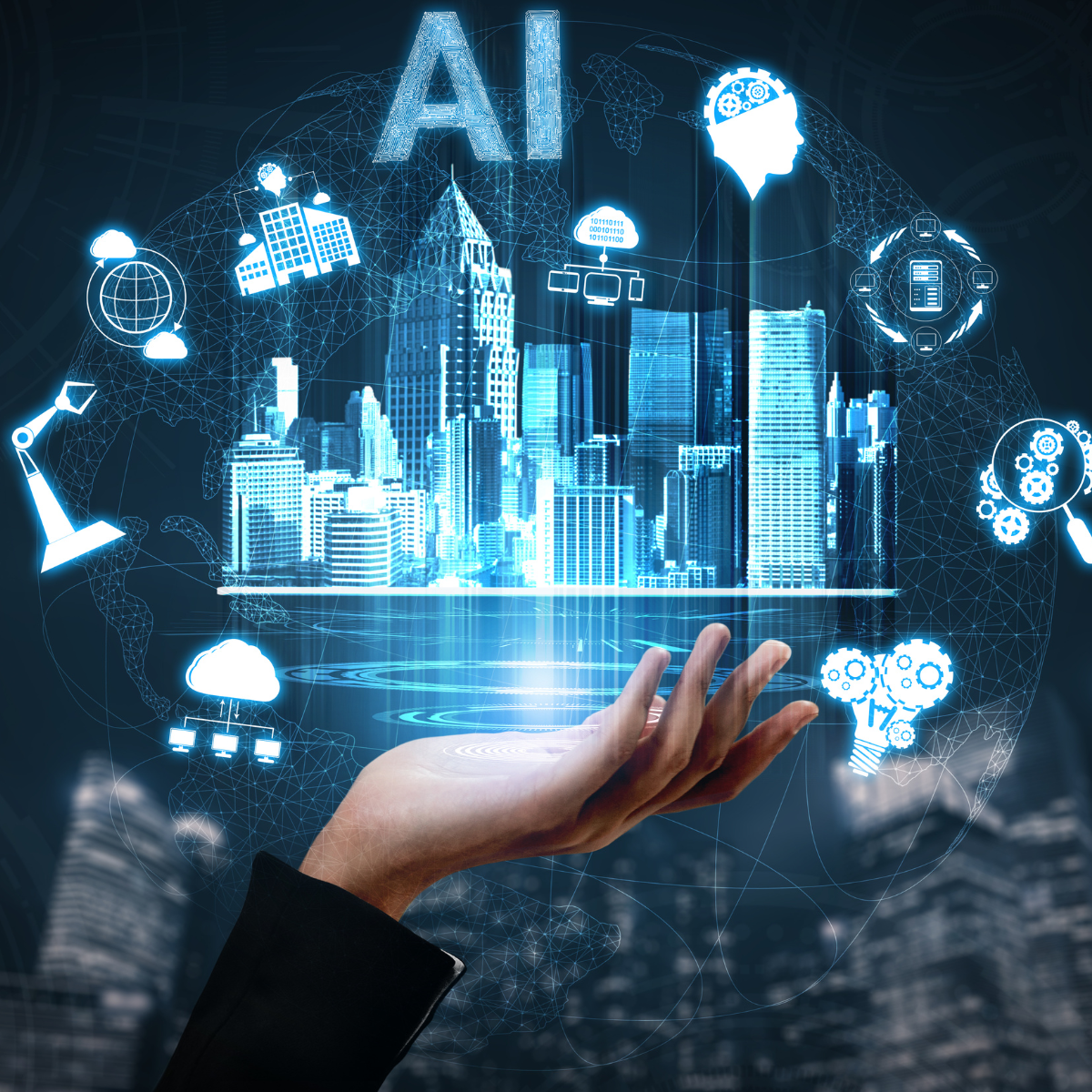RESEARCH PAPER
Understanding the Impact of AI on Job Displacement and Creation in the Next 2 Years

Abstract:
Artificial intelligence (AI) technology has advanced rapidly in recent years and is expected to continue to do so. This technology has the potential to automate many tasks that are currently performed by humans, leading to concerns about job displacement. In this paper, we examine the potential impact of AI on the job market over the next two years.
Background:
AI technology can be divided into two main categories: narrow or weak AI and general or strong AI. Narrow AI is designed to perform specific tasks, such as image recognition or language translation. On the other hand, general AI is designed to perform any intellectual task that a human can. While narrow AI is already being used in a variety of industries, general AI is still in the early stages of development.
Impact on Jobs:
AI technology has the potential to automate many tasks that are currently performed by humans. This could lead to job displacement in a variety of industries, including manufacturing, transportation, and customer service. In addition, the increasing use of AI in white-collar jobs, such as finance and healthcare, could lead to job displacement in these industries as well.
However, it is important to note that AI technology also has the potential to create new jobs. For example, the development and implementation of AI systems will require skilled workers in fields such as computer science and data analysis. Additionally, the increasing use of AI technology in various industries could lead to increased efficiency and productivity, resulting in economic growth and the creation of new jobs.
Conclusion:
AI technology has the potential to disrupt the job market over the next two years. While there is a risk of job displacement, it is important to consider the potential for job creation as well. Governments, businesses, and educational institutions should work together to ensure that workers have the skills and training they need to succeed in the age of AI. Additionally, it is important to keep in mind that the pace of change of technology is very hard to predict and that industries and jobs that are unlikely to be affected today might be impacted in the future.
References:
- Frey, C. B., & Osborne, M. A. (2017). The future of employment: How susceptible are jobs to computerisation? Technological Forecasting and Social Change, 114, 254-280.
- Brynjolfsson, E., & McAfee, A. (2014). The second machine age: Work, progress, and prosperity in a time of brilliant technologies. WW Norton & Company.
- Autor, D. (2015). Why are there still so many jobs? The history and future of workplace automation. Journal of Economic Perspectives, 29(3), 3-30.
- Manyika, J., Lund, S., Bughin, J., Woetzel, J., Pous, C., & Batra, R. (2017). Jobs lost, jobs gained: What the future of work will mean for jobs, skills, and wages. McKinsey Global Institute.